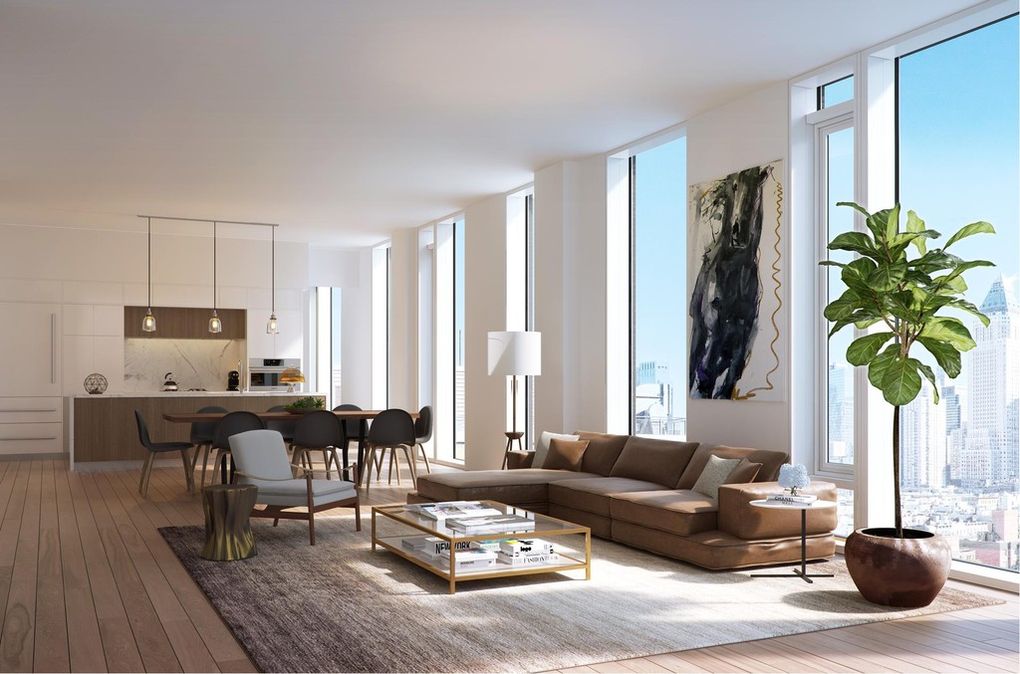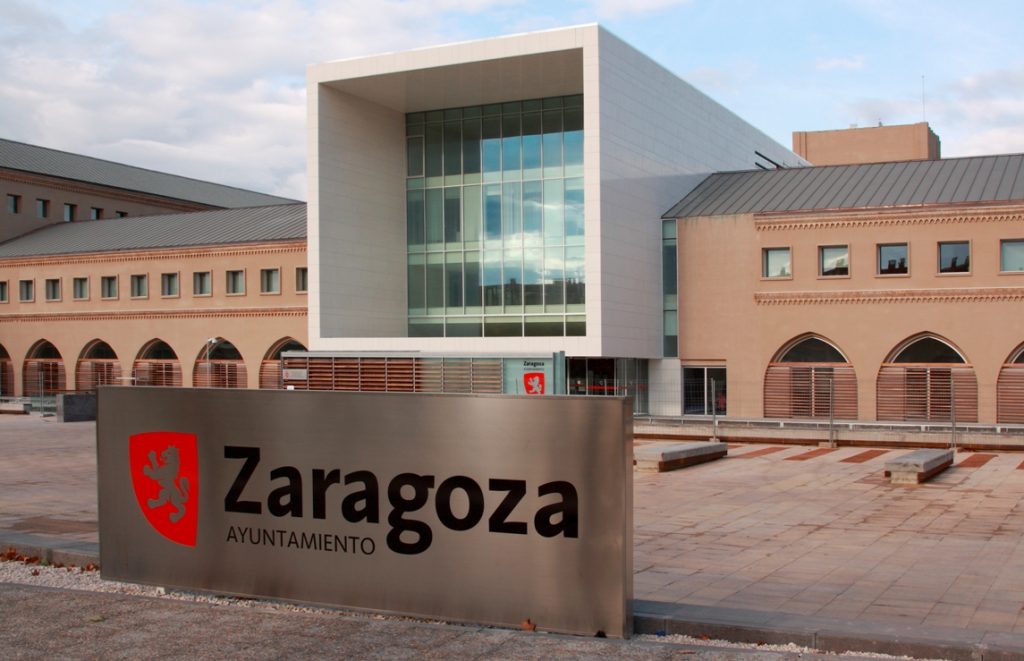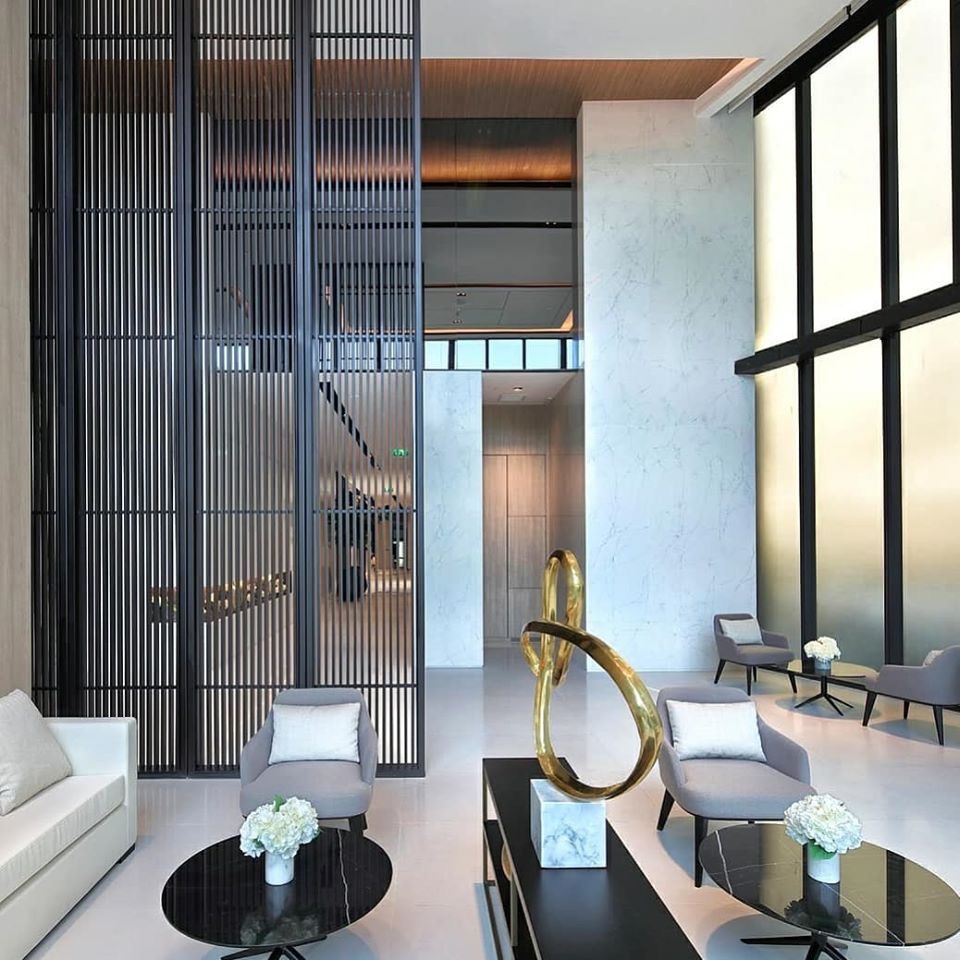From size to versatility: the qualities of an emblematic project
What assets should an architectural or interior design project have to be deemed emblematic? At first glance, there are many. Nevertheless, size, quality, exclusivity, versatility and a mass appeal highlighting different features are surely some of the most inherent and defining aspects.
Amongst current projects designed by professionals in the building and interior design sectors, intangible features also provide added value. Some examples are: the capacity for personalisation, a vision of sustainability and the challenge of a large ad-hoc project that surpasses client expectations.
For COMPAC’s Architecture and Projects Manager, Sergio Sanchis, these intangible aspects mean ‘being able to push the limits of personalisation on projects designed exclusively for a client’. This is a luxury that in turn becomes a challenge to motivate the company. ‘The most demanding challenge we have faced was the one we set for ourselves with our own showroom. It all started with a sketch’, Sanchis explains, ‘which we turned into a reality by tackling high-standard construction projects’.
From marble to technological quartz to recycled glass: there are many options for professionals when it comes to selecting the raw material for an end product. Durability, porosity, sustainability and wear-and-tear are just some of the elements that are usually taken into account when choosing one material over another.
With this, below we spotlight a few of the top-quality projects developed by the international firm around the globe that impeccably embody the qualities outlined above.
Quality under Qatar’s burning sun
Whilst putting the resistance of its products to the test, the main challenge for the company behind the 7,000 metres of ventilated façades for the Al Baraha Tower and 20,000 metres for the Al Jasra Towers lay in the extreme heat of the area. This is especially the case in summer when temperatures can easily pass 45ºC.
Indeed, amongst the many virtues of COMPAC’s marble are its durability, resistance and adaptability to major heat changes, which are a common feature in this part of the globe year-round. For this reason, the choice of material was a decisive factor for the studio in charge of implementing the project: EHAF Qatar Consulting Engineers. The firm opted for COMPAC Marble in Beige Faraya and Dakar with a matt finish that offered high resistance to ultraviolet rays.
In Spain, the Zaragoza City Hall is another ventilated façade project worth highlighting, thanks to its special and unique architecture. The company supplied its COMPAC Marble in Afion for the project.
Capacity and standing in Istanbul
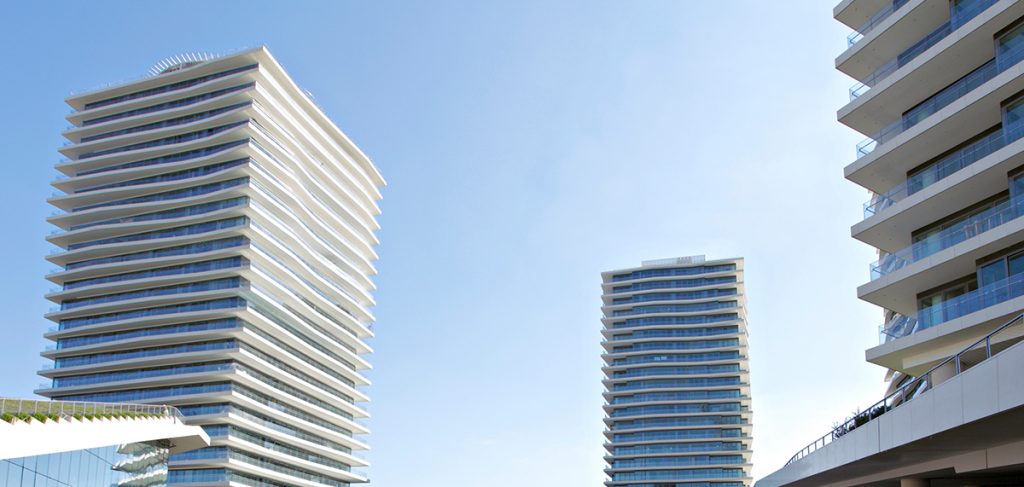
In addition, the 80,000 square metres of material for the ventilated façade on the Zorlu Center in Istanbul is another of the firm’s emblematic projects. This is due to its scope, the personalisation required by the client, and the importance of this building for Turkey as a whole. The project was supervised by architects Emre Arolat and Murat Tabanlioglu (Cityscape Awards Dubai 2008 and Europe & Africa Property Awards 2009).
As Sergio Sanchis explains, ‘the material used was COMPAC Marble in Beige Faraya, developed ad-hoc at the client’s request and which was later incorporated into our portfolio’. This was an ‘important detail’, according to the expert, as ‘it demonstrates the capacity to develop materials in line with market requirements whilst complying with the top-quality standards set by the company itself’. Its strength, lightness with near-zero porosity and resistance to ultraviolent radiation and inclement weather, alongside its seamless beauty, were key factors in choosing this material.
The near-25,000 square metre complex houses a residential section, a five-star hotel, a cultural centre, a business centre and a shopping mall built on an approximately 85,000 square metre plot of land with an abundance of plantlife and trees.
Exclusivity and luxury in New York
New York is synonymous with exclusivity, design and luxury. And it is here where two projects stand out in the residential and business sectors. The first is an exclusive luxury building located at West 43rd Street where around 120 apartments incorporated Unique Calacatta™ kitchen and bathroom countertops.
Furthermore, in 2009 the firm supplied the exclusive Skadden office building complex with table- and desktops in Unique Calacatta™—a material offering a flawless natural finish.
Quality in New Jersey
In terms of being able to supply large quantities of material, another highlight for the company was the highest residential building project in New Jersey, located at 99 Hudson. This project used Quartz COMPAC Luna for kitchen worktops and Quartz Compac Glaciar for over 1,200-bathroom countertops in 700 apartments.
Luxury offices in Gandia
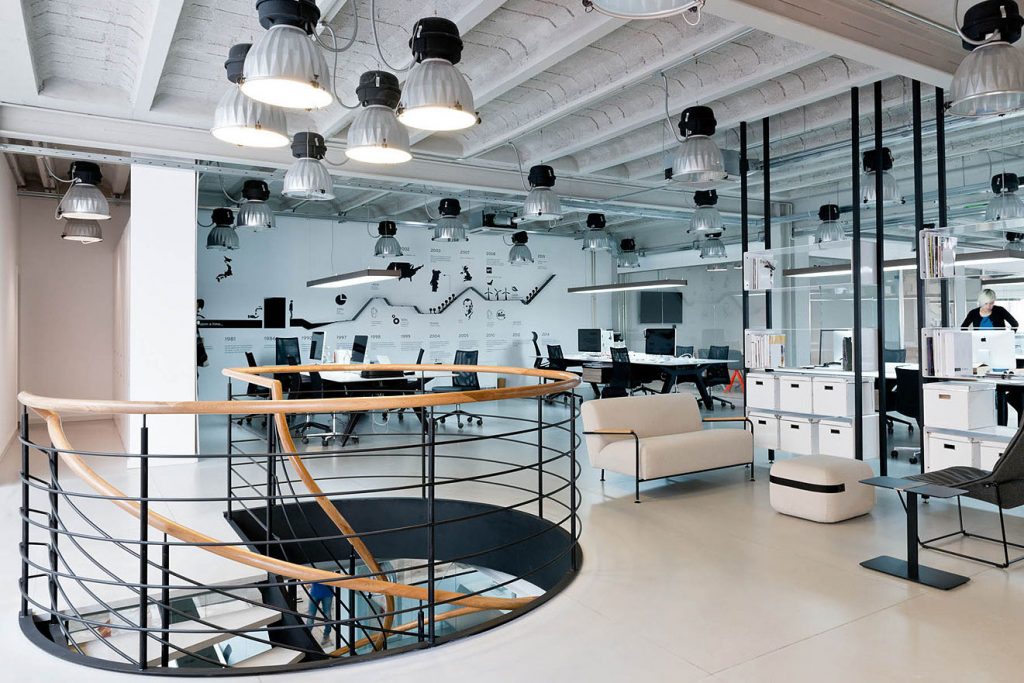
The company has over 40 years’ experience. COMPAC’s head offices in Gandia (Valencia, Spain) are spaces that get updated as the company experiments with the capabilities of its materials to be used on the most demanding and tailored projects for clients.
Thus, the multinational’s HQ in Spain underwent renovation in 2014 using mainly large format paving in Quartz COMPAC Ice Zement and tables in Quartz Compac Carrara™.
An emblematic staircase
Furthermore, the firm’s showroom at its main offices in Gandia (Spain) houses its own emblematic project that brings together the aforementioned qualities around a total material concept based on marble standards. The metal-reinforced cantilevered stairs do not vibrate. They are hewn from marble blocks for maximum personalisation whilst being uniquely structural, functional and appealing.
‘We see testing the capacity of our products as an investment, pushing them to the limits as a sign of what we can offer to the most discerning of clients’, explains the company director, referring to this staircase. He describes it as ‘the maximum expression of the singular nature of the materials we work with, such as marble blocks or technological quartz’. Undoubtedly, the project will soon get its own specific post at The Decorative Surfaces.

